Large language models are a key innovation in the field of artificial intelligence and are changing the way we interact with technology. These sophisticated models, trained on large datasets, excel at understanding and generating human language, making them indispensable tools in various fields. From improving customer service through natural language processing to advances in automated content creation, language models, or LLMs for short, are at the forefront of technological progress. Their integration into business processes represents a major leap in efficiency and performance and emphasises their growing importance in today's digital landscape.
Inhaltsverzeichnis
What is a large language model?
A large language model (LLM) is a type of artificial intelligence programme that can be used to Understand, interpret and generate human language can. These models are built on large amounts of text data and can perform a variety of language-based tasks such as translation, summarisation and question answering with a high level of proficiency. Thanks to their scalability and complexity, they are able to provide nuanced and contextualised answers, making them valuable components of technology and business applications.
14 relevant large language models for companies
Large language models are becoming increasingly important for companies. Below, we take a look at the most popular LLMs, each offering unique capabilities and applications in the enterprise space. From improving customer interaction to optimising content creation, these models are shaping the future of business operations and decision making. For organisations looking to use AI as a competitive advantage, it's important to understand its functionalities, developers and technical aspects.
Bloom
Bloom is a comprehensive language model developed for various language tasks, including translation and content creation. It is characterised by the understanding and generation of human language and is useful in various business applications.
| Developer | BIG Science Initiative |
| Parameter | over 176 billion |
| Training data | diverse data set for robust language processing |
| Fine-tuning | Customisable for specific tasks |
| Licensing | Open Source |
| Year of publication | 2022 |
Claude
Claude is an advanced large-scale language model that specialises in understanding context and generating human-like responses. Its applications include customer support automation and content generation, providing efficient and scalable solutions for organisations.
| Developer | Anthropic |
| Parameter | not publicly available; however, it is estimated to have over 130 billion parameters |
| Training data | Various data sets for comprehensive language comprehension |
| Fine-tuning | Supervised fine-tuning |
| Licensing | Commercial use |
| Year of publication | 2023 |
Cohere
Cohere is a comprehensive language model designed for natural language processing tasks such as text creation, classification and sentiment analysis. It is particularly good at understanding context and nuance in language, making it valuable for customer interaction and content personalisation.
| Developer | Cohere Technologies Inc. |
| Parameter | considerable number of parameters that illustrate its ability to understand language in detail |
| Training data | Extensive and diverse language data |
| Fine-tuning | Fine-tuning available for specific business requirements and applications |
| Licensing | Commercial use |
| Year of publication | 2023 |
Dolly 2.0
Dolly 2.0 is a model that differs from text-based LLMs and focusses on the creation and editing of images. It interprets textual descriptions to create detailed and accurate visual representations. This model is valuable for creative applications in the design and media industries.
| Developer | Databricks |
| Parameter | 12 billion parameters, based on the EleutherAI Pythia model family |
| Training data | Large number of images and texts (based on the crowdsourcing dataset from Databricks) |
| Fine-tuning | several fine-tuning options, such as Supervised Fine-tuning, Reinforcement Learning, and Self-supervised Fine-tuning |
| Licensing | Open Source |
| Year of publication | 2023 |
Falcon
Falcon is a less frequently mentioned large language model developed by the Technology Innovation Institute in Abu Dhabi. It offers a wide range of possible applications, from the support of Chatbots and customer service operations through to use as a virtual assistant and to facilitate language translation. This model can also be used for content creation and sentiment analysis.
| Developer | Technology Innovation Institute (TII) |
| Parameter | Falcon-7B with 7 billion and Falcon-40B with 40 billion parameters |
| Training data | extensive dataset of text and code, including the Falcon RefinedWeb dataset (multimodal) from TII |
| Fine-tuning | Customisable for specific tasks |
| Licensing | Open Source |
| Year of publication | 2023 |
GPT-3.5
GPT-3.5, an iteration of the GPT-3 series, is characterised by excellent performance in text creation, comprehension and conversation. It is widely used in customer service automation, creative writing and data analysis, and is known for producing contextually relevant and coherent text. OpenAI's ChatGPT is based on this model.
| Developer | OpenAI |
| Parameter | large number of parameters that improve its language processing capabilities |
| Training data | Extensive and varied text corpus |
| Fine-tuning | Fine-tuning for special tasks and industries |
| Licensing | Commercial use |
| Year of publication | 2022 |
GPT-4
GPT-4, the newest member of the Generative Pre-trained Transformer series, is known for its advanced text generation and understanding capabilities. It is used in a wide range of applications, including advanced conversational agents, content creation and complex data analysis tasks.
| Developer | OpenAI |
| Parameter | extensive number of parameters, which indicates advanced language processing skills |
| Training data | Extensive and diverse text data set |
| Fine-tuning | Fine-tuning for specific applications |
| Licensing | Commercial use |
| Year of publication | 2023 |

Whether text or code generation: ChatGPT is currently on everyone's lips. Find out what use cases could look like in your company and what integration challenges await you.
Guanaco 65B
Guanaco-65B is a lesser known large language model and a fine-tuned chatbot model based on the LLaMA base models. It was obtained by 4-bit QLoRA tuning on the OASST1 dataset. It is intended for research purposes only and may produce problematic results.
| Developer | Tim Dettmers |
| Parameter | 65 billion parameters |
| Training data | OASST1 dataset (multimodal) from the Technology Innovation Institute |
| Fine-tuning | Fine-tuning for specific applications |
| Licensing | Open Source |
| Year of publication | 2023 |
LaMDA
LaMDA is a model that was developed for conversational applications and focuses on generating realistic and contextual dialogues. Its main areas of application are chatbots and digital assistantswhich enable improved user interaction through natural and coherent responses.
| Developer | Google Brain |
| Parameter | Information is not publicly accessible |
| Training data | Data set tailored to the understanding of conversations |
| Fine-tuning | Several dialogue-oriented fine-tuning options |
| Licensing | Open Source |
| Year of publication | 2021 |
LLaMA
LLaMA is a language model known for its efficiency in understanding and generating language. It is suitable for tasks such as text analysis, translation and content creation and offers reliable performance in various language-based applications.
| Developer | Meta AI |
| Parameter | different sizes, including 7B, 13B, 33B and 65B parameters |
| Training data | Extensive dataset of text and code, including the Falcon RefinedWeb dataset (multimodal) from Meta AI |
| Fine-tuning | several fine-tuning options, such as Supervised Fine-tuning, Reinforcement Learning, and Self-supervised Fine-tuning |
| Licensing | The LLaMA model has been made available to the research community under a non-commercial licence. Due to some remaining restrictions, the description of LLaMA as open source has been challenged by the Open Source Initiative. |
| Year of publication | 2023 |
Luminous
Luminous, developed by Aleph AlphaThe new generation of European AI language models can compete with global leaders in terms of efficiency and performance. With 70 billion parameters, it offers an efficient, high-performance alternative to larger models. Luminous is based on a wide range of training data and has achieved high performance through fine-tuning on specific datasets. It supports multimodal capabilities and has been optimised for a variety of applications, including the citizen assistant Lumi for the city of Heidelberg.
| Developer | Aleph Alpha |
| Parameter | 70 billion |
| Training data | various data collection including web crawls, books, political and legal sources, Wikipedia, news articles |
| Fine-tuning | Fine-tuning to Instruction-Context-Output Triples |
| Licensing | Commercial use |
| Year of publication | 2023 |
Orca
Orca is a state-of-the-art language model that demonstrates strong reasoning abilities by mimicking the step-by-step reasoning traces of higher-performing language models. It was developed to explore the capabilities of smaller LMs and to show that improved training signals and methods can enable smaller language models to achieve improved reasoning abilities normally only found in much larger language models.
| Developer | Microsoft Research |
| Parameter | 7 billion and 13 billion parameters |
| Training data | Trains on a broad, diverse data set for robust language processing |
| Fine-tuning | available |
| Licensing | Open source for non-commercial purposes |
| Year of publication |
PaLM
PaLM is a large language model with applications in the area of comprehension and generation natural language. It was developed for tasks such as text summarisation, translation and question answering and offers significant capabilities in processing and generating human-like language.
| Developer | |
| Parameter | different sizes, including 8 billion, 62 billion and 540 billion parameters |
| Training data | diverse training mix that includes hundreds of human languages, programming languages, mathematical equations, scientific papers and websites |
| Fine-tuning | several fine-tuning options, such as Supervised Fine-tuning, Reinforcement Learning, and Self-supervised Fine-tuning |
| Licensing | Open Source |
| Year of publication | 2023 |
Vicuna 33B
Vicuna 33B is a large language model whose specific functions and applications are not covered in detail in public sources. It is intended for research on large language models and chatbots.
| Developer | LMSYS |
| Parameter | 33 billion parameters |
| Training data | Data set from approx. 125,000 conversations from ShareGPT.com |
| Fine-tuning | Supervised fine-tuning |
| Licensing | Open source for non-commercial purposes |
| Year of publication | 2023 |
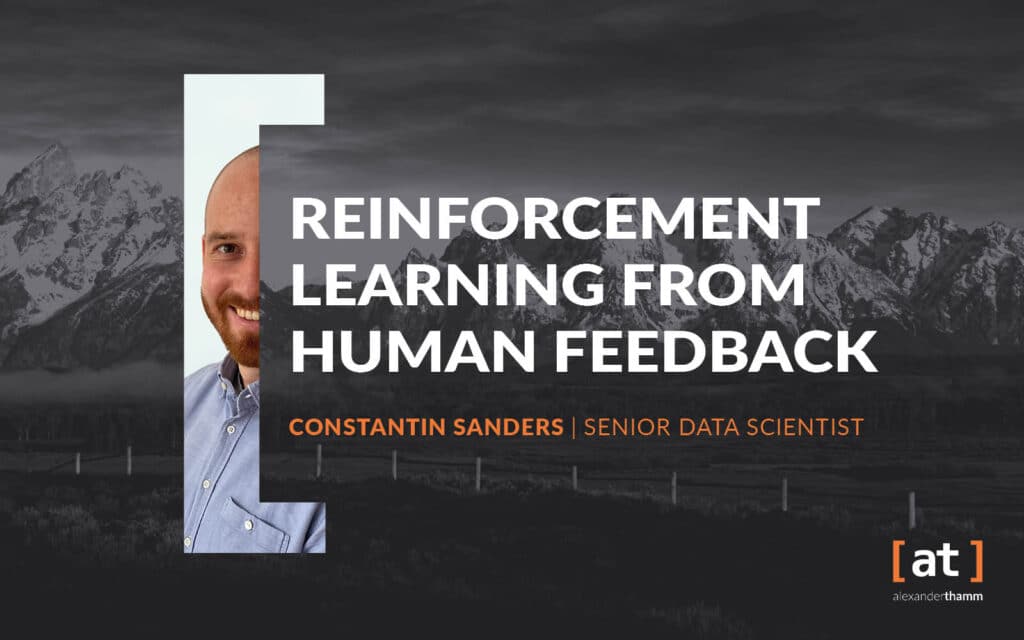
Learn how large language models such as ChatGPT are improved through the use of Reinforcement Learning from Human Feedback (RLHF).
Reinforcement Learning from Human Feedback in the Field of Large Language Models
The future in the sign of large language models
Major language models such as GPT-4, Cohere and Bloom represent a significant leap in AI capability, each with different functions and applications. Their integration into different industries demonstrates their versatility and potential to revolutionise business workflows and decision-making processes. Despite the fact that some models are less documented, the information available shows how extensive the landscape of LLM development is. These models not only enhance current technological advances, but also pave the way for future innovations and position LLMs as key enablers in the ongoing development of artificial intelligence and its applications.

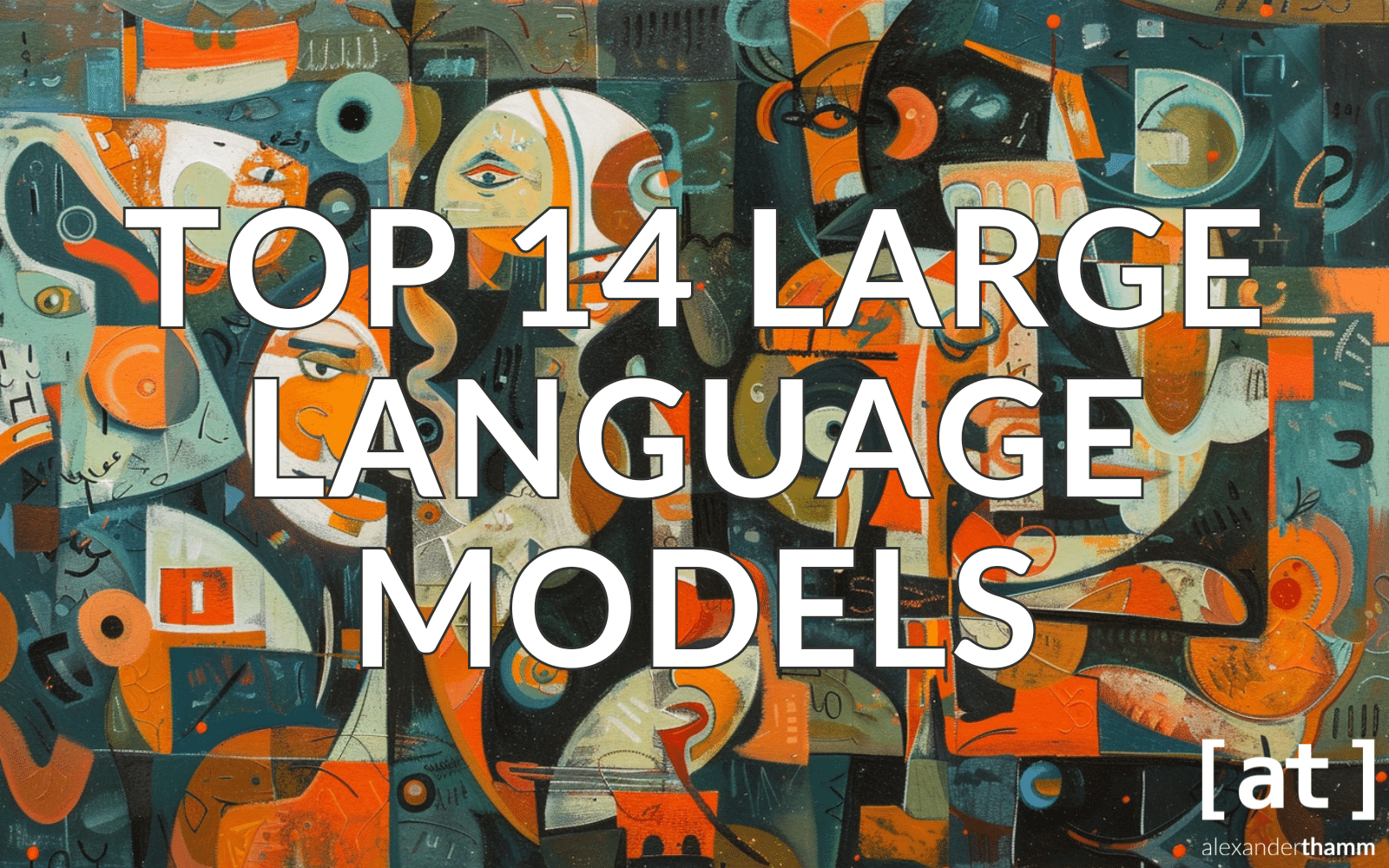

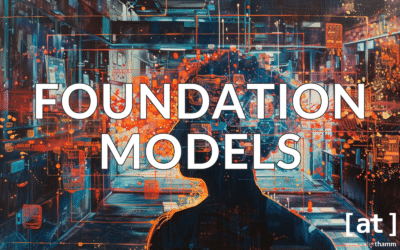



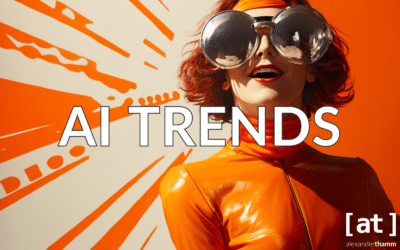
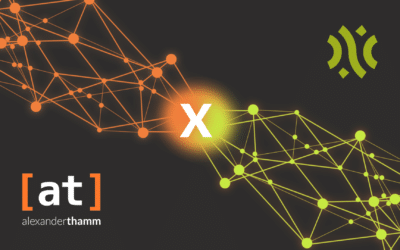


0 Kommentare